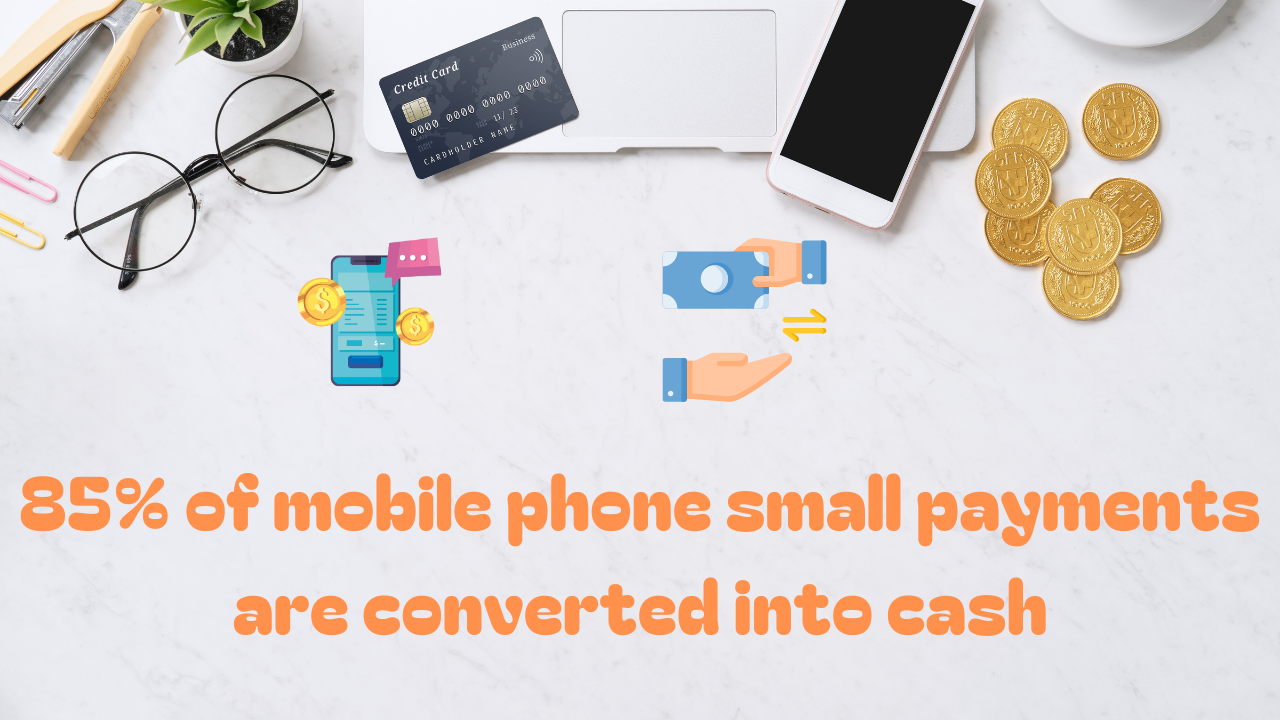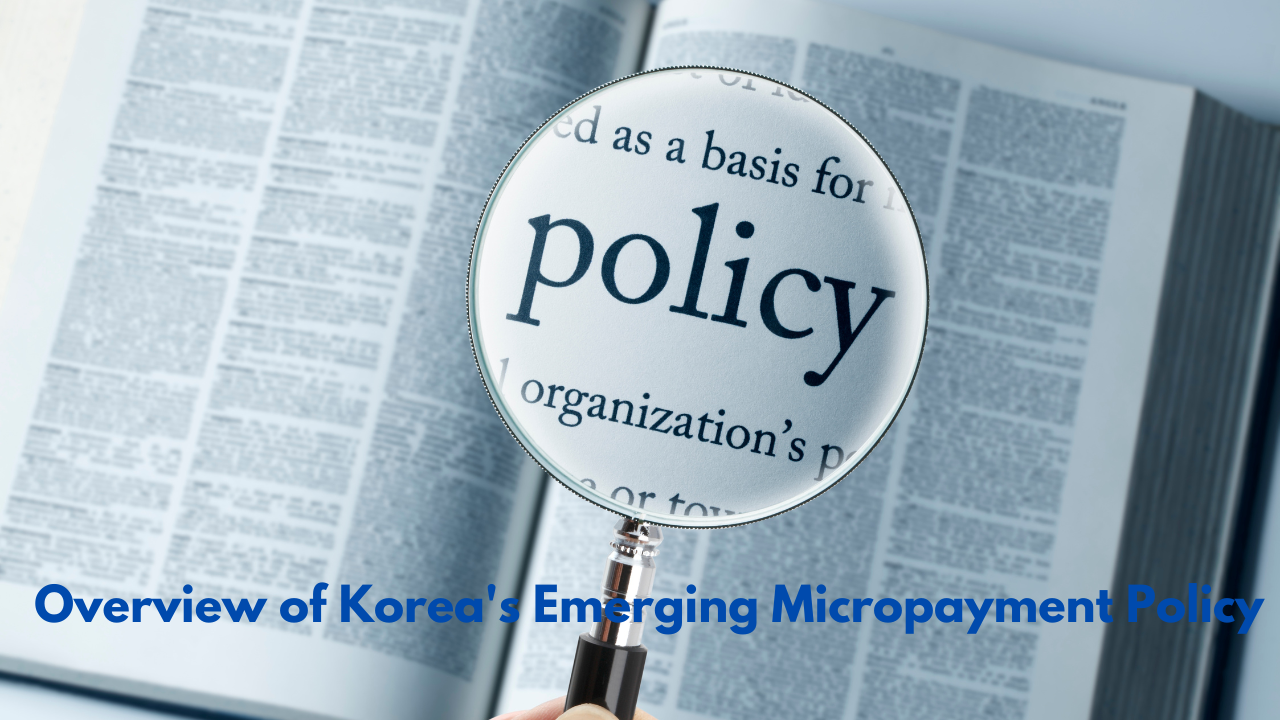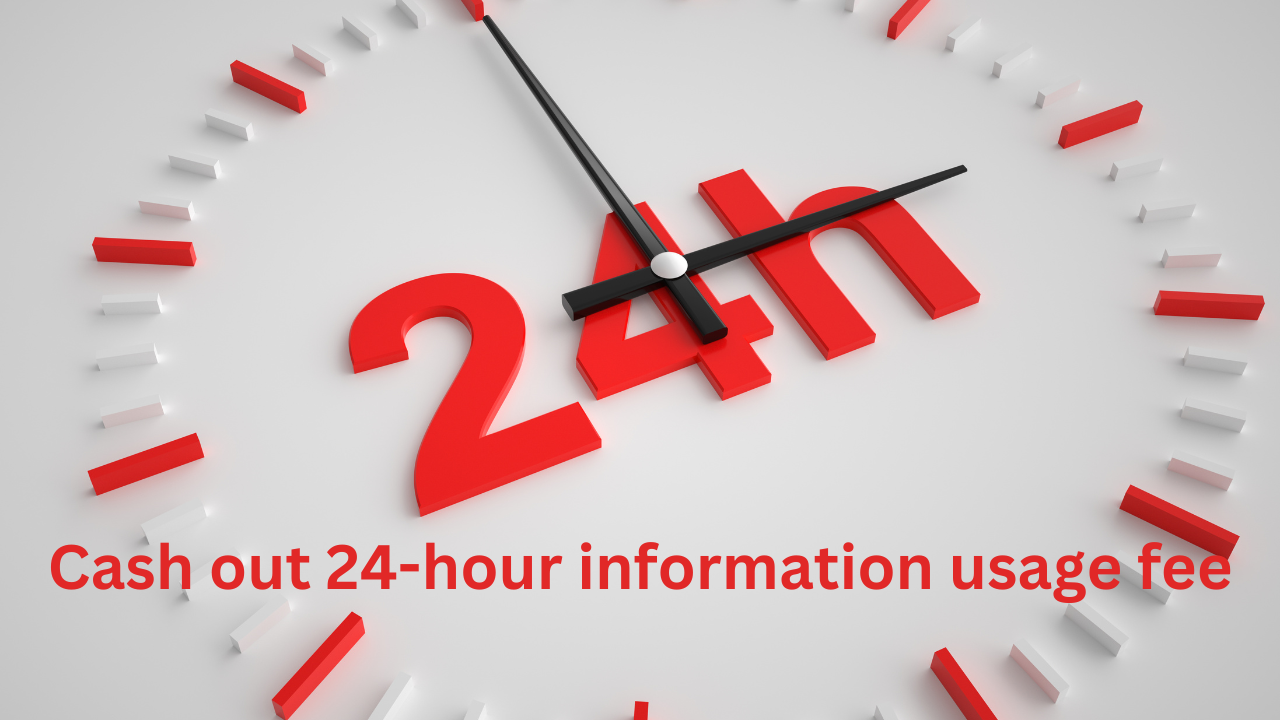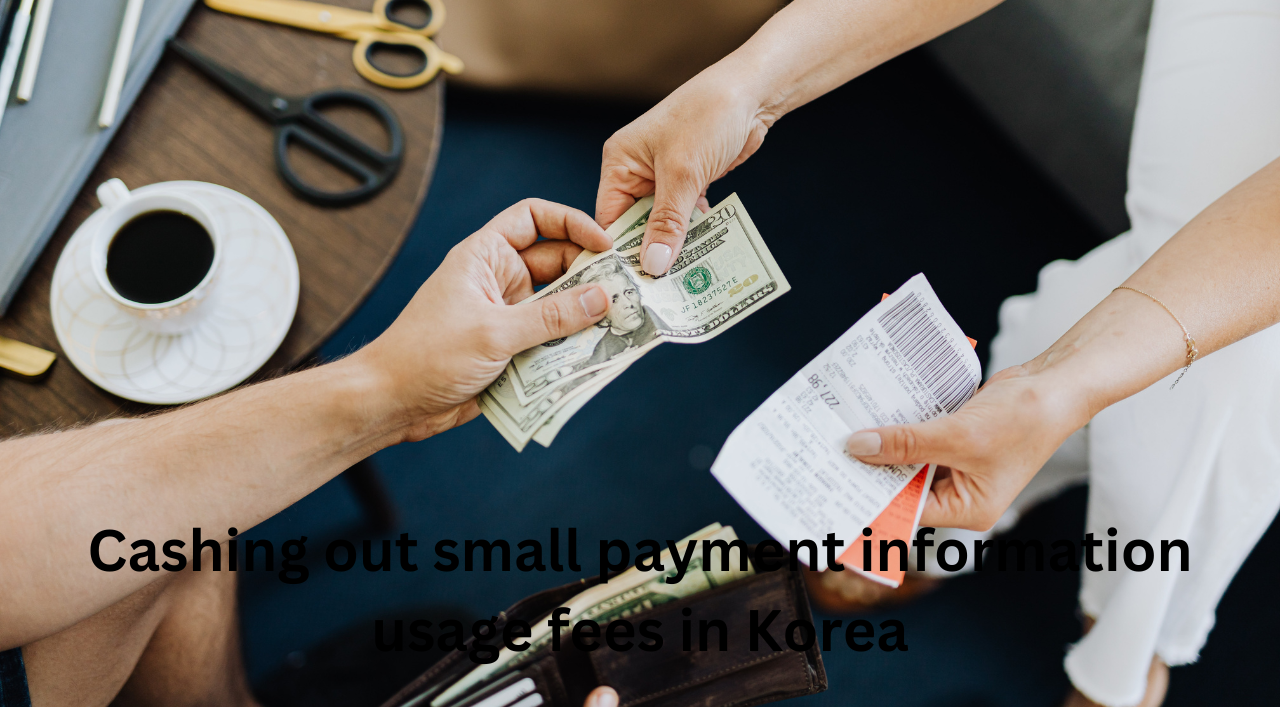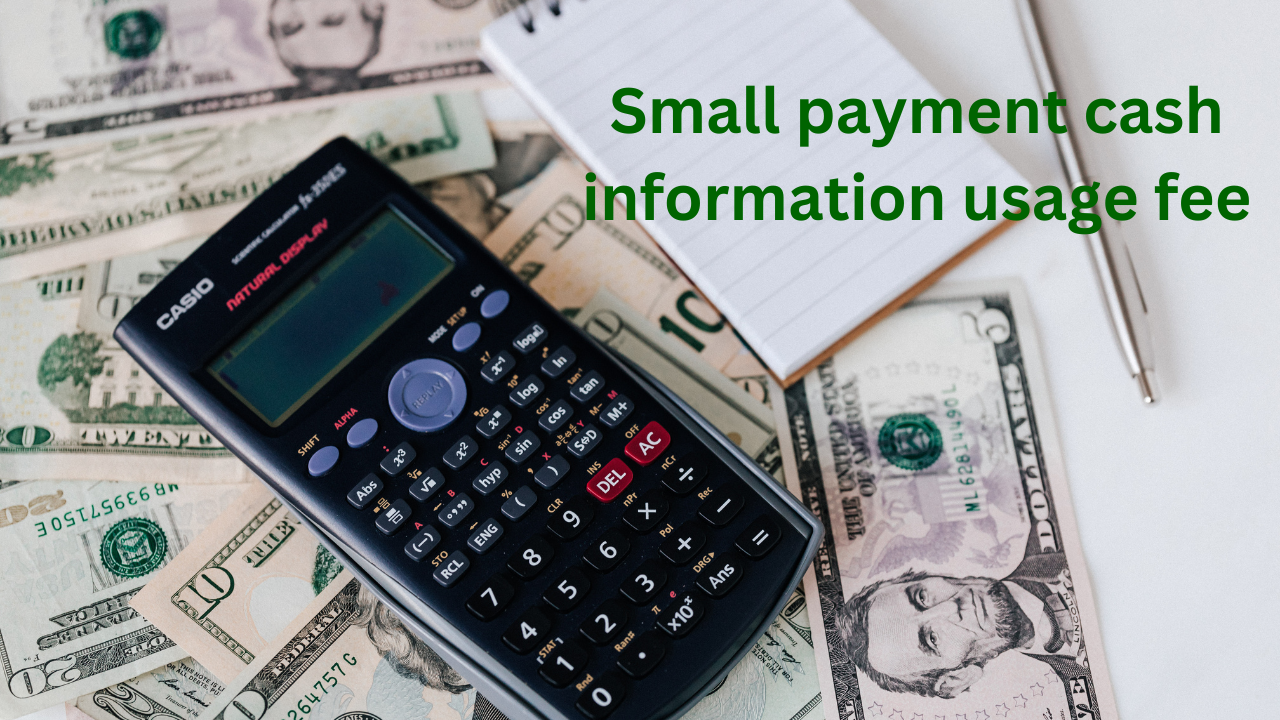Non-Fungible Tokens Digital Asset Investor
In today’s digital age Digital Asset Investor, innovation continues to reshape traditional industries, and the world of finance and art is no exception. One such groundbreaking innovation that has captured the attention of enthusiasts, investors, and creators alike is the emergence of Non-Fungible Tokens, commonly referred to as NFTs. In this article, we’ll delve into the fascinating realm of NFTs, exploring what they are, how they work, and their implications across various domains.
Table of Contents
- Introduction to NFTs
- The Essence of Non-Fungibility
- NFTs vs. Cryptocurrencies
- How NFTs Function: The Technical Underpinnings
- Creating and Acquiring NFTs
- NFTs in the Art World: Redefining Ownership and Authenticity
- Tokenizing Real-World Assets
- NFTs in Gaming and Virtual Realms
- NFTs in the Music and Entertainment Industry
- Environmental Concerns and Sustainability
- NFT Marketplaces: Exploring Platforms
- Legal and Copyright Considerations
- Future Trends and Beyond
- Unveiling the Potential: Pros and Cons of NFTs
- Conclusion
Introduction to NFTs Digital Asset Investor
Non-fungible tokens, or NFTs, represent a unique form of digital asset investor that revolutionizes the concept of ownership and authenticity. Unlike cryptocurrencies such as Bitcoin or Ethereum, which are fungible and can be exchanged on a one-to-one basis, NFTs are indivisible and carry distinct attributes that set them apart.
The Essence of Non-Fungibility
Fungibility lies at the heart of traditional currency. Any unit of a currency is replaceable by another unit of the same denomination. In contrast, non-fungibility implies that each NFT possesses a distinct value and cannot be interchanged with any other token on a like-for-like basis.
NFTs vs Cryptocurrencies
While both NFTs and cryptocurrencies operate on blockchain technology, they serve distinct purposes. Cryptocurrencies act as a medium of exchange or store of value, whereas NFTs represent ownership of a specific item, piece of art, or digital content.
How NFTs Function: The Technical Underpinnings
NFTs are created using smart contracts on blockchain platforms like Ethereum. These contracts embed unique information about the asset, including its ownership, provenance, and metadata, ensuring the integrity of the digital item.
Creating and Acquiring NFTs
Artists and creators can tokenize their work by minting NFTs. Collectors and enthusiasts can then purchase these NFTs using cryptocurrency, establishing ownership and enabling value transfer within the digital realm.
NFTs in the Art World: Redefining Ownership and Authenticity
NFTs have disrupted the traditional art market by providing artists with a new revenue stream and giving collectors verifiable ownership of digital creations.
Tokenizing Real-World Assets
Beyond the digital realm, NFTs have the potential to tokenize real-world assets, such as real estate or luxury goods, creating new opportunities for fractional ownership and investment.
NFTs in Gaming and Virtual Realms
Gaming and virtual worlds have embraced NFTs, allowing players to own in-game assets, characters, and skins, fostering a unique economy within these virtual environments.
NFTs in the Music and Entertainment Industry
Musicians and entertainers are leveraging NFTs to directly engage with fans, offering exclusive content, experiences, and collectibles, thereby revolutionizing fan interaction.
Environmental Concerns and Sustainability
The energy consumption of blockchain networks, particularly in Proof of Work systems, has raised concerns about the environmental impact of NFTs, prompting discussions about sustainable alternatives.
NFT Marketplaces: Exploring Platforms
Numerous NFT marketplaces, such as OpenSea and Rarible, facilitate the buying, selling, and trading of NFTs, serving as vital platforms for creators and collectors.
Legal and Copyright Considerations
The unique nature of NFTs presents challenges in the realms of copyright and intellectual property law, necessitating a reconsideration of legal frameworks in the digital age.
Future Trends and Beyond
As the NFT landscape continues to evolve, we can anticipate advancements in interoperability, scalability, and integration with other technologies, shaping the future of ownership and creativity.
Unveiling the Potential: Pros and Cons of NFTs
NFTs offer a multitude of advantages, including:
- Empowerment of artists and creators
- Immutable ownership records
- Enhanced transparency and provenance
- Opportunities for novel monetization
However, they also come with certain drawbacks:
- Environmental concerns
- Lack of clear regulations
- Risk of digital piracy and fraud
Conclusion
In conclusion, Non-Fungible Tokens have emerged as a transformative force, redefining ownership, authenticity, and interaction in the digital world. As technology continues to evolve, NFTs hold the promise of reshaping industries and empowering individuals like never before.
Frequently Asked Questions
1. What exactly is a Non-Fungible Token (NFT)? A Non-Fungible Token is a unique digital asset that represents ownership of a specific item or piece of content, leveraging blockchain technology for authenticity and provenance.
2. How are NFTs created? NFTs are created through a process called minting, which involves turning a digital item into a blockchain-based token using smart contracts.
3. Can I buy NFTs with traditional currency? Most NFT transactions occur using cryptocurrency, such as Ethereum. Some platforms may offer options for fiat currency purchases.
4. Are NFTs only limited to digital art? While NFTs gained popularity in the art world, they have expanded into various domains, including music, gaming, collectables, and even real-world asset tokenization.
5. What are the environmental concerns associated with NFTs? The energy consumption of blockchain networks, particularly in proof-of-work systems, has raised environmental concerns. Efforts are being made to explore more eco-friendly consensus mechanisms.




